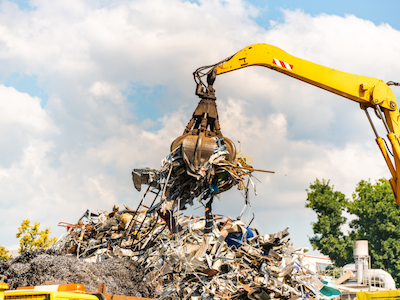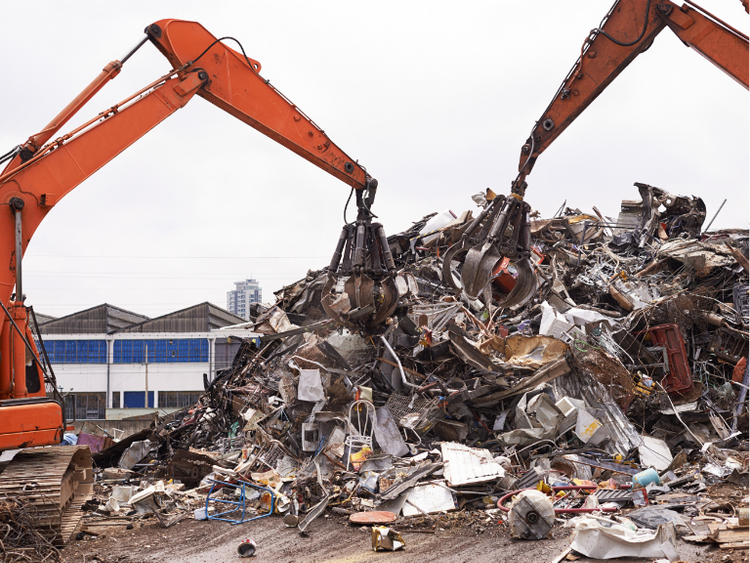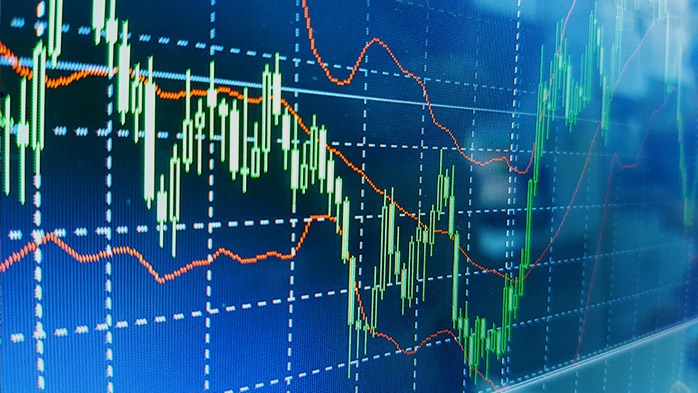Scrap Processors
June 21, 2023
Lead recycler Hakurnas to use ACE Green technology
Secondary lead producer Hakurnas has agreed to install ACE Green’s recycling technology at its plant in Ashdod in Israel to improve its environmental performance. After the initial breaking of lead battery scrap, the conventional second step to recover the lead is smelting via a furnace that operates at high temperatures and produces significant GHG emissions and solid waste. ACE Green’s ‘wet chemical’ technology largely replaces this smelting step, operates at room temperature, runs on electricity, produces ‘zero Scope 1’ GHG emissions and reduces solid waste by over 80%. The switch over to this new technology is scheduled to start at Ashdod by 2023 Q4 to then ramp up to full recycling capacity of 50,000 t/y of lead battery scrap, yielding around 30,000 t/y of refined lead. This production is similar to current levels.
ACE portfolio growing around the world
This news adds to a growing portfolio of existing ‘brownfield’ plants that are switching from conventional furnaces to this new ‘wet chemical’ technology as well as new ‘greenfield’ plants.
For example, Pondy Oxides & Chemicals’ lead recycling facility in Chittoor, Andhra Pradesh in India announced a plan in March 2022 to switch over technologies by the end of last year. This technology can recycle used lithium batteries as well as used lead batteries. ACE Green has already started up its own small-scale lithium battery recycling plant in Ghaziabad, near Delhi in India. It has plans for several other dual lead and lithium battery recycling plants in Mundra (India), Dubai (UAE), Chonburi (Thailand) and near Houston, Texas (USA), with all likely to begin operations by the end of next year. The level of secondary lead production at all of these plants will be determined by how much scrap they can capture, competing with other battery recyclers. So initial production might be modest.
One final point on this new technology is that ACE Green acknowledges that it does not entirely replace existing flowsheets at secondary lead plants, with more conventional battery breaking before this new technology step and more conventional refining and alloying afterwards. However, the significantly lower volume of solid waste produced from refining lead by this new process means much less dross to be reprocessed using the ACE Green technology or through smelting. So emissions are greatly reduced, but not removed altogether.





